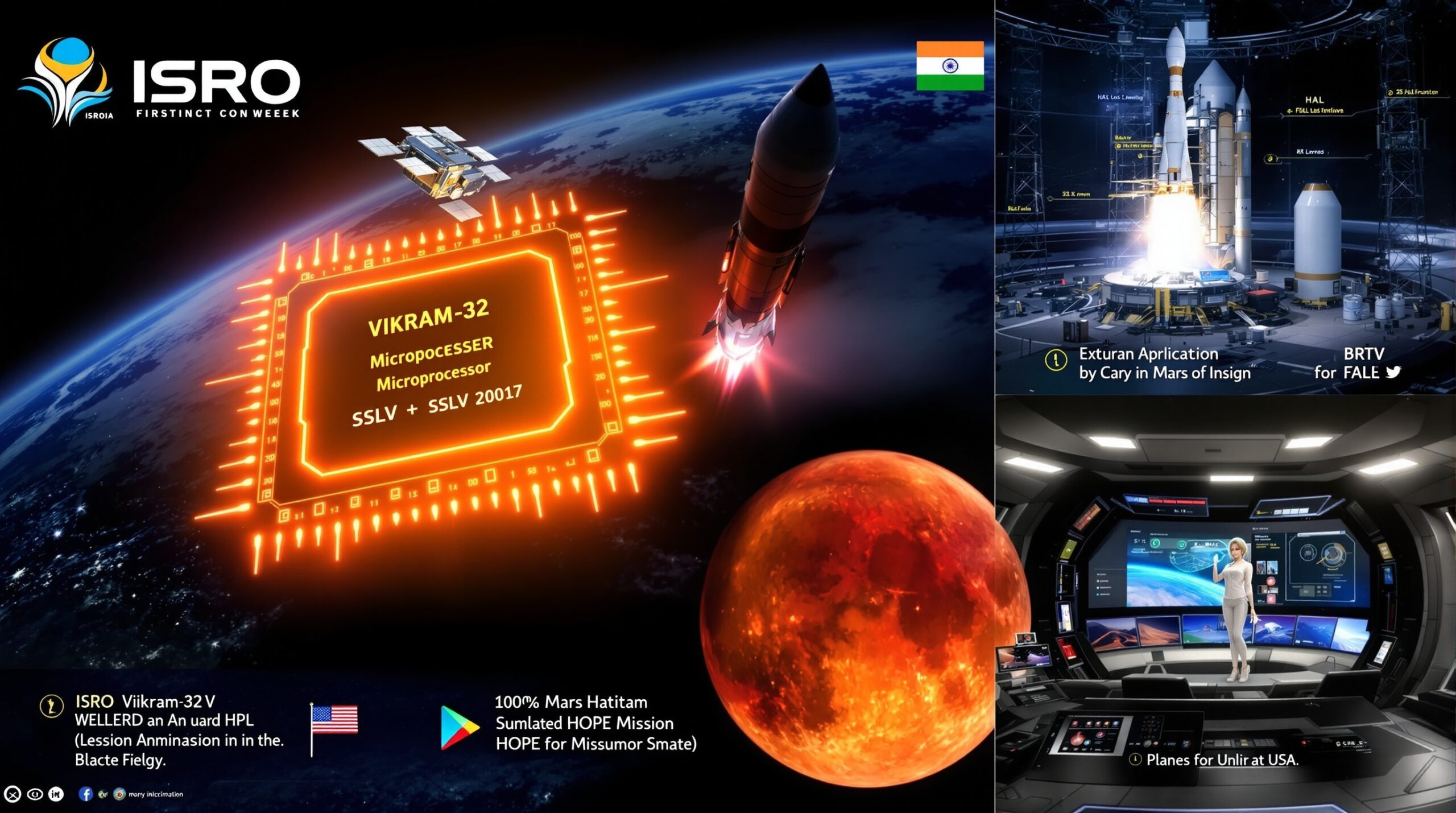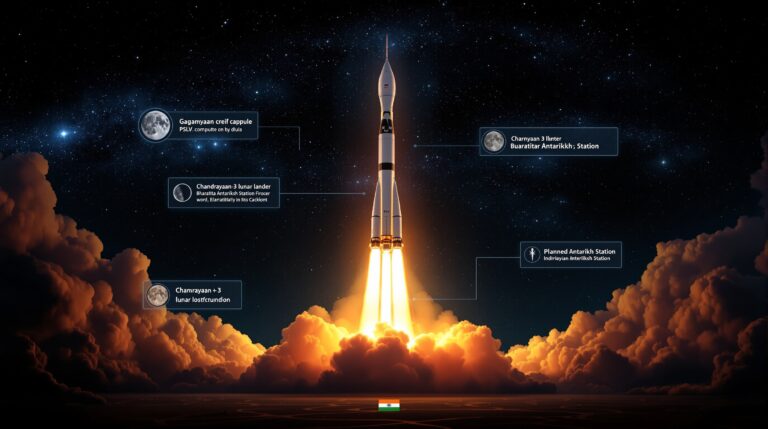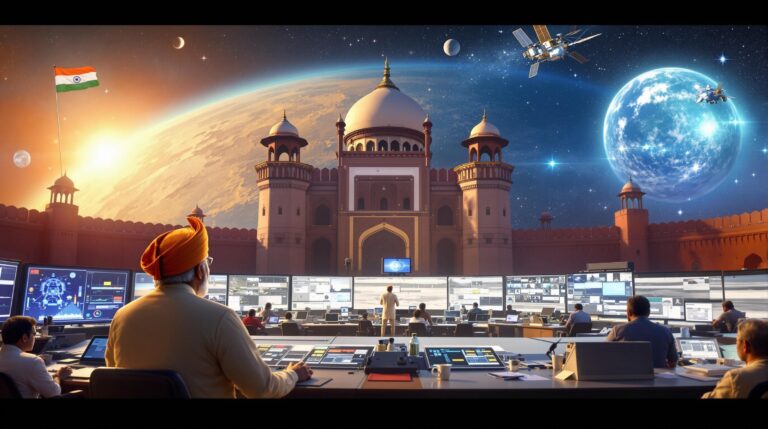Top 7 ISRO Updates: Weekly Roundup for September 1-7, 2025
ISRO Updates Weekly Roundup for September
In the fast-paced world of space exploration, the Indian Space Research Organisation (ISRO) continues to push boundaries with innovative breakthroughs and strategic announcements. This week, from September 1 to 7, 2025, ISRO made headlines with advancements in semiconductor technology, manufacturing partnerships, and upcoming events that underscore India’s growing role in global space endeavors. For space enthusiasts in the USA, these developments highlight potential collaborations, especially following the successful NASA-ISRO NISAR mission earlier this year. This listicle dives into the top updates, offering insights into how ISRO drives self-reliance and international partnerships. Whether you’re tracking climate-monitoring satellites or indigenous tech, these stories showcase ISRO’s active pursuit of excellence.
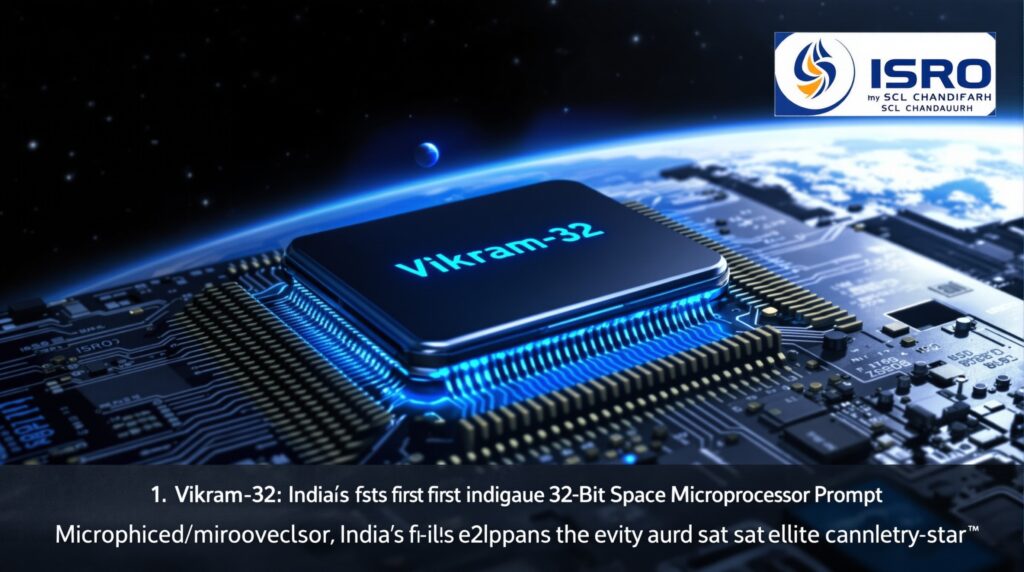
1. ISRO Unveils Vikram-32: India’s First Indigenous 32-Bit Microprocessor for Space Missions
ISRO revolutionizes India’s space capabilities by launching the Vikram-32 microprocessor, a fully homegrown 32-bit chip designed for rugged space environments. Engineers at ISRO’s Semiconductor Laboratory (SCL) in Chandigarh develop this processor, which Prime Minister Narendra Modi receives during Semicon India 2025 on September 2. The chip operates at speeds up to 100 MHz, supports advanced interfaces like UART and SPI, and withstands extreme temperatures from -40°C to 85°C, making it ideal for launch vehicles and satellites.
This breakthrough replaces imported 16-bit processors, enhancing India’s self-reliance in space technology. Experts highlight its role in future missions, including Gaganyaan, India’s manned spaceflight program. For American audiences, this mirrors NASA’s push for domestic chips amid global supply chain concerns. The Vikram-32 not only cuts costs but also boosts data processing efficiency, enabling real-time analytics in orbits. ISRO plans to integrate it into upcoming rockets like the PSLV and GSLV series. This development positions India as a key player in the semiconductor space race, potentially fostering U.S.-India tech collaborations under initiatives like the U.S.-India Initiative on Critical and Emerging Technology (iCET). Learn more about the chip’s specs from ISRO’s official updates.
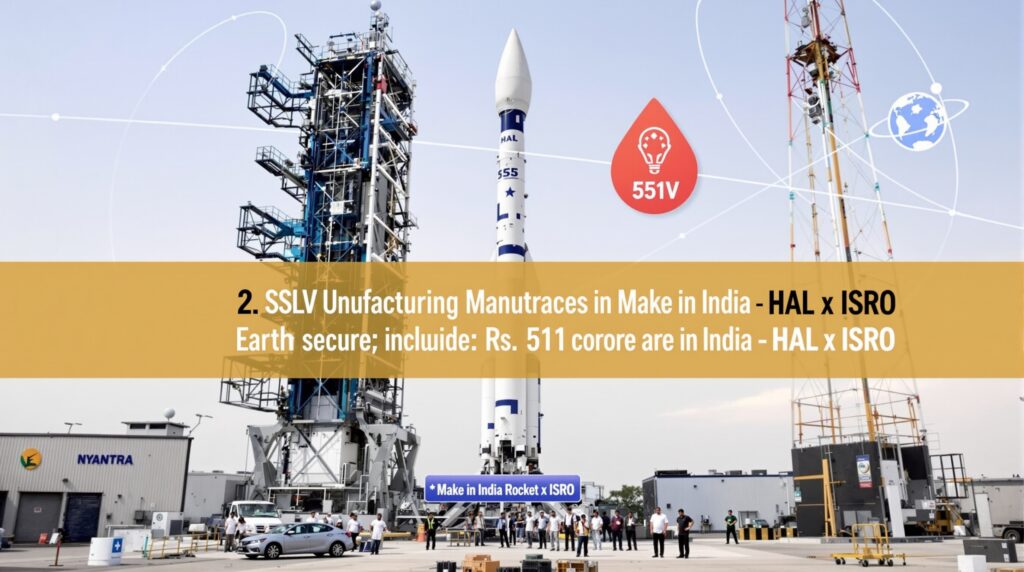
2. HAL Secures Rs 511 Crore Deal to Manufacture ISRO’s SSLV Rockets
Hindustan Aeronautics Limited (HAL) wins a competitive bid to produce ISRO’s Small Satellite Launch Vehicle (SSLV) rockets, marking a significant boost for India’s “Make in India” initiative. Announced on September 5, the Rs 511 crore contract involves full technology transfer from ISRO, allowing HAL to manufacture up to 12 SSLV launches per year. ISRO supports the first two missions to ensure seamless transition.
The SSLV, capable of deploying satellites up to 500 kg into low Earth orbit, streamlines small satellite launches for commercial and defense purposes. This partnership accelerates India’s launch cadence, addressing the growing demand from global clients, including U.S. startups in the smallsat sector. HAL’s expertise in aerospace manufacturing ensures high-quality production, reducing ISRO’s dependency on in-house fabrication and freeing resources for research. For the U.S. audience, this echoes NASA’s collaborations with private firms like SpaceX, promoting cost-effective space access. The deal also strengthens India’s defense ecosystem, as SSLV variants could support military reconnaissance. Explore HAL’s role in depth via their official site.
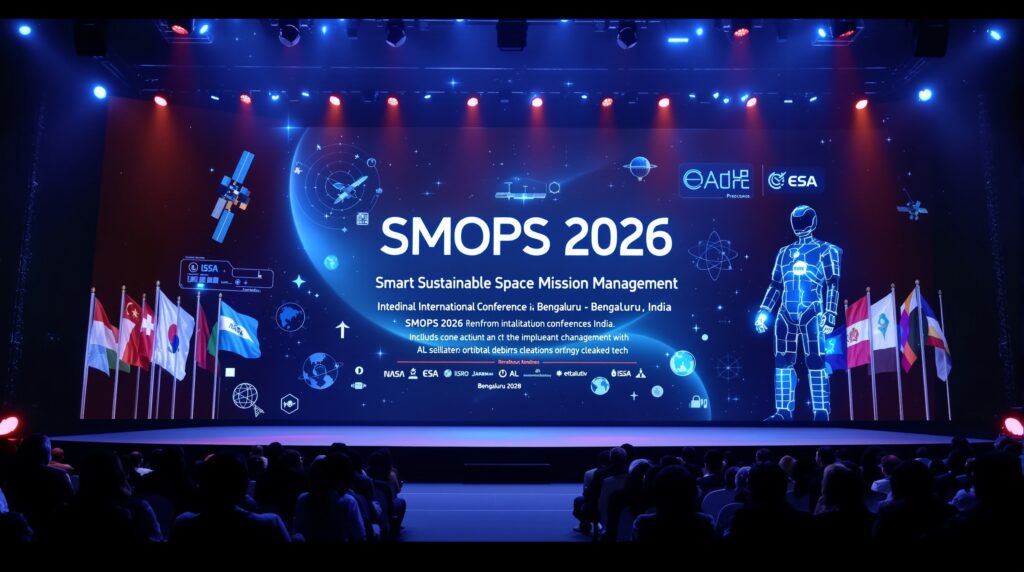
3. ISRO Announces SMOPS 2026: A Global Forum for Sustainable Space Mission Management
ISRO invites global participation in the Symposium on Space Mission Operations and Planning (SMOPS) 2026, set for April 8-10 in Bengaluru. Shared on September 1 via official channels, the event focuses on smart, sustainable mission management, bringing together space agencies, startups, industries, and academia. Abstract submissions open until September 25, 2025, with opportunities to publish research through the International Academy of Astronautics (IAA).
This symposium addresses critical challenges like orbital debris and resource optimization, aligning with international efforts to make space sustainable. U.S. stakeholders, including NASA and private companies, can network with pioneers, potentially sparking joint ventures in areas like satellite constellations. ISRO emphasizes themes such as AI-driven operations and green propulsion, reflecting its commitment to eco-friendly space tech. Attendees gain insights into India’s upcoming missions, fostering cross-border innovation. This event builds on ISRO’s track record, from Chandrayaan to Aditya-L1, and invites American experts to contribute. Register and submit abstracts at SMOPS 2026 portal.
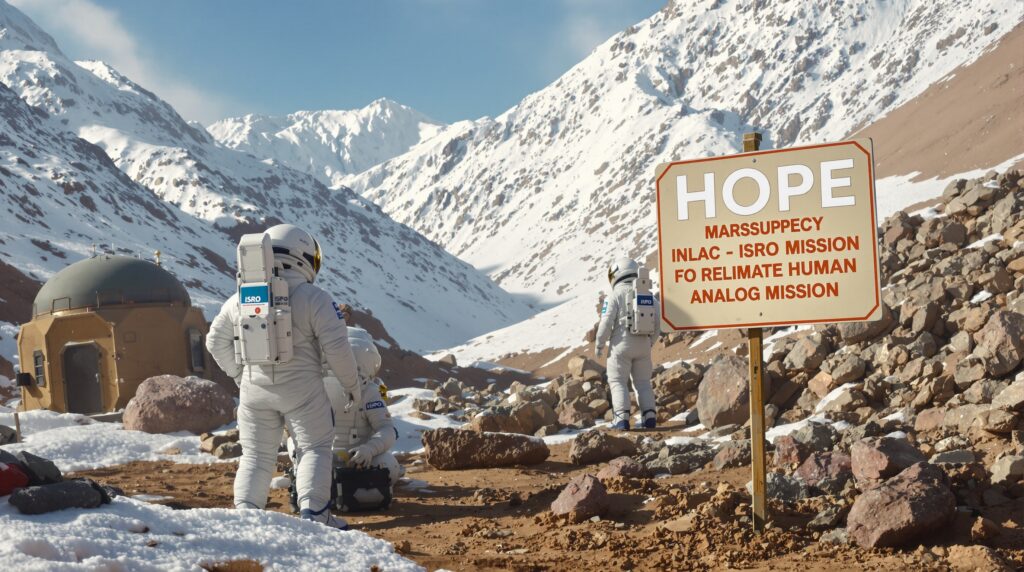
4. Spotlight on ISRO’s Analog Mission HOPE: Preparing for Human Space Exploration
ISRO advances its human spaceflight ambitions with the Habitat for Outer Planet Exploration (HOPE) analog mission, highlighted in educational quizzes and discussions this week. On September 4, UPSC resources spotlight HOPE as a must-know for aspirants, emphasizing its role in simulating extraterrestrial environments on Earth.
HOPE tests habitats, life support systems, and psychological factors for long-duration missions, crucial for Gaganyaan and beyond. Crews endure isolation in analog sites like Ladakh, mimicking Mars or Moon conditions. This initiative draws parallels to NASA’s Artemis program, where U.S. astronauts train for lunar returns. ISRO integrates lessons from international analogs, enhancing crew resilience and technology. For Americans interested in space colonization, HOPE represents India’s contribution to multi-nation efforts, potentially leading to joint analog exercises. The mission underscores ISRO’s focus on human factors, ensuring safe manned flights by 2026. Dive deeper into HOPE via ISRO’s mission page.
5. Upcoming Blood Moon Eclipse: ISRO’s Role in Public Astronomy Outreach
Skygazers prepare for the Blood Moon total lunar eclipse on September 7, with ISRO tagged in discussions for its educational outreach. Posts on September 6 explain the phenomenon, crediting Rayleigh scattering for the moon’s reddish hue, and reference ISRO alongside NASA and ESA.
ISRO promotes public engagement through observatories and apps, helping Americans and global audiences track celestial events. This eclipse, visible across parts of the U.S., offers a chance to appreciate ISRO’s planetary science expertise, built from missions like Chandrayaan-3. The agency shares real-time data via its portals, educating on atmospheric optics. For U.S. viewers, this ties into joint eclipse studies, enhancing bilateral space awareness. ISRO’s involvement inspires STEM education, encouraging young Americans to explore astronomy. View eclipse details at NASA’s eclipse site or ISRO’s astronomy resources.
6. Progress on Vikram-32 Chip: Global Comparisons and Implications
Analysts compare ISRO’s Vikram-32 chip to international peers, noting its edge in space-grade durability. Discussions on September 5 position it against Intel’s offerings, highlighting India’s rapid semiconductor progress.
The chip’s radiation-hardened design suits deep-space missions, outperforming older imports in efficiency. This development, unveiled earlier in the week, signals India’s entry into high-tech manufacturing, appealing to U.S. firms seeking diversified suppliers. ISRO’s SCL lab drives this, with potential exports boosting Indo-U.S. trade. Comparisons reveal Vikram-32’s cost-effectiveness, ideal for small satellites. For the American market, this could mean collaborative chip designs for joint missions. Read expert analyses at Business Standard.
7. ISRO’s Broader Vision: From Chips to Monster Rockets
ISRO outlines ambitious plans, including a 40-storey rocket for heavy payloads, echoed in weekly recaps. News from September 3-6 recaps Chairman V. Narayanan’s vision, linking chip advancements to larger goals like tripling India’s satellite fleet.
This “monster rocket” aims to launch 75-tonne satellites, rivaling U.S. heavy-lifters like Falcon Heavy. ISRO’s integrated approach, from processors to propulsion, ensures holistic growth. For U.S. observers, this signals opportunities in commercial launches and tech sharing. The vision includes military satellites like GSAT-7R, enhancing regional security. This week’s updates reinforce ISRO’s trajectory toward becoming a space superpower. Follow ongoing developments at NDTV’s space coverage.
In summary, September 1-7, 2025, showcases ISRO’s momentum in indigenous innovation and global outreach. These advancements not only bolster India’s space economy but also open doors for U.S. partnerships in exploration and technology. Stay tuned for more as ISRO gears up for events like the International Conference on Space on September 8.

